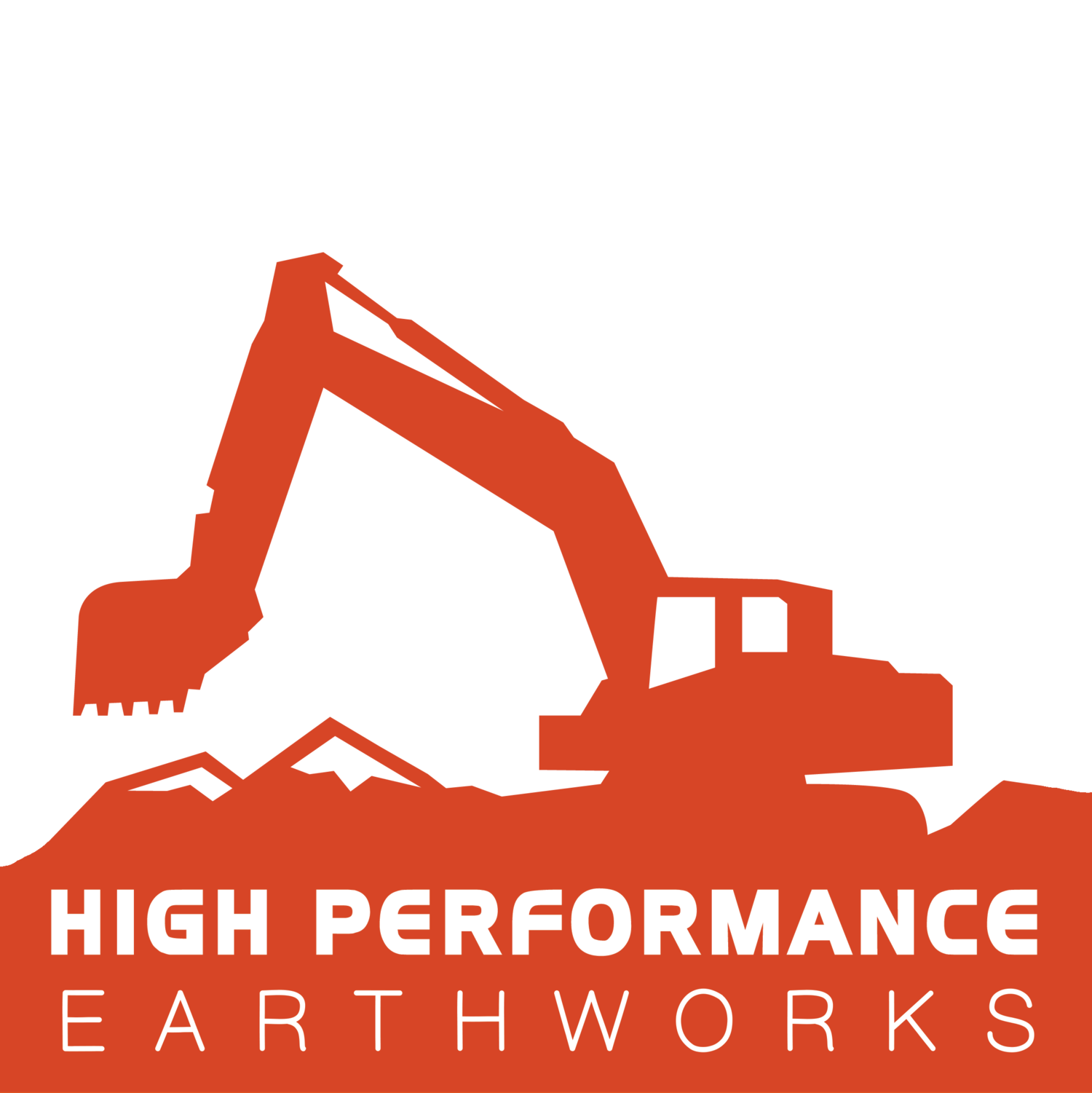How Septic Systems Work in Boulder Colorado
The road to proper containment and disposal of waste water for a Boulder County homeowner living off of the sewer grid can be a long and arduous task. The first step to making an informed decision as to how, you as the homeowner, want to approach this starts with a comprehensive breakdown of what a septic system is and how it functions for your Boulder home. That being said, included here is a breakdown of the system and how it functions. With this information in hand, you can proceed forward confident in the decisions you make regarding your waste disposal system, and be able to approach contractors with confidence and expertise.
A Boulder County septic system is a highly elaborate containment system that is designed exclusively to hold a household’s wastewater on-site in advanced, self-contained, underground storage tanks. In rural areas, off the grid living, as well as in areas where houses are spaced far apart, entrenched septic systems offer a vastly more economical solution than the myriad costs associated with traditional sewage disposal systems. Septic systems offer a perfect design that processes wastewater naturally on-site, without destroying the environment with miles of sewer lines. For the environmentally minded home owner in Boulder, Colorado, not only is this a more efficacious system for disposal of waste water and its associate substances; it is also a much less damaging methodology. The path to Boulder County septic system implementation includes extensive, on-site excavation, installation, and testing. There are many wonderful companies which implement these services. It is to your advantage to have a comprehensive understanding of what the system is and how it works so that you can best select the company and services that will work for you.
Boulder County septic systems are composed of two parts, which operate in conjunction with each other. These being the septic tank and the drain field. The septic tank is a highly durable and robust storage unit, composed typically concrete or fiberglass. It is watertight, with an inlet and outlet pipe in order to manage the flow of waste water entering and leaving the system. The in-flow portion of this system operates by taking waste into the tank through the vehicle of your home’s sewer pipe. As the wastewater is held in the tank it begins to naturally separate in to three components. These being scum, effluent, and sludge. Scum composes the top layer that sits just above the surface of the water, as it is lighter than the water. These include elements like, grease, oil, and chemicals whose composition is light enough to make it buoyant. The next layer called Effluent is the middle portion in septic tanks. It is composed of partially clarified waste water, which still contains particles of waste but has, none the less, shifted into a more or less H2O form. Sludge is the lower layer which is composed of the elements and solids heavier than the water that settle at the bottom of the tank.
After the water leaves your Boulder County home through the in-flow system it enters into the septic tank and begins the process of breaking down into its various components. After said components separate, the clarified wastewater flows into the drain field via the outflow pipes. The drain field is composed of a series trenches, or in some cases, a gravel or sand-lined bed. These trenches or beds are typically installed one to three feet below the ground’s surface, where the waste material can be slowly distributed, and naturally filtered by, the soil. This has the added benefit of introducing very nutrient rich material into the soil, which makes it ideal for growing things as well, should you decide to do so in the future. The sludge and scum are then broken down by naturally occurring bacteria and particles that still remain in the wastewater. Those elements of sludge and scum that cannot be broken down remain in septic systems until pumped out. This can be done by a professional in Boulder County, or with Do-it-yourself methods utilizing a pump.
With a well maintenanced septic system, a Boulder County household can not only enact a cheaper option for folks living away from traditional sewage systems, but also lead a more self-sustaining and environmentally efficacious living situation. May this article serve as a signpost on the road to proper waste management for your home.

